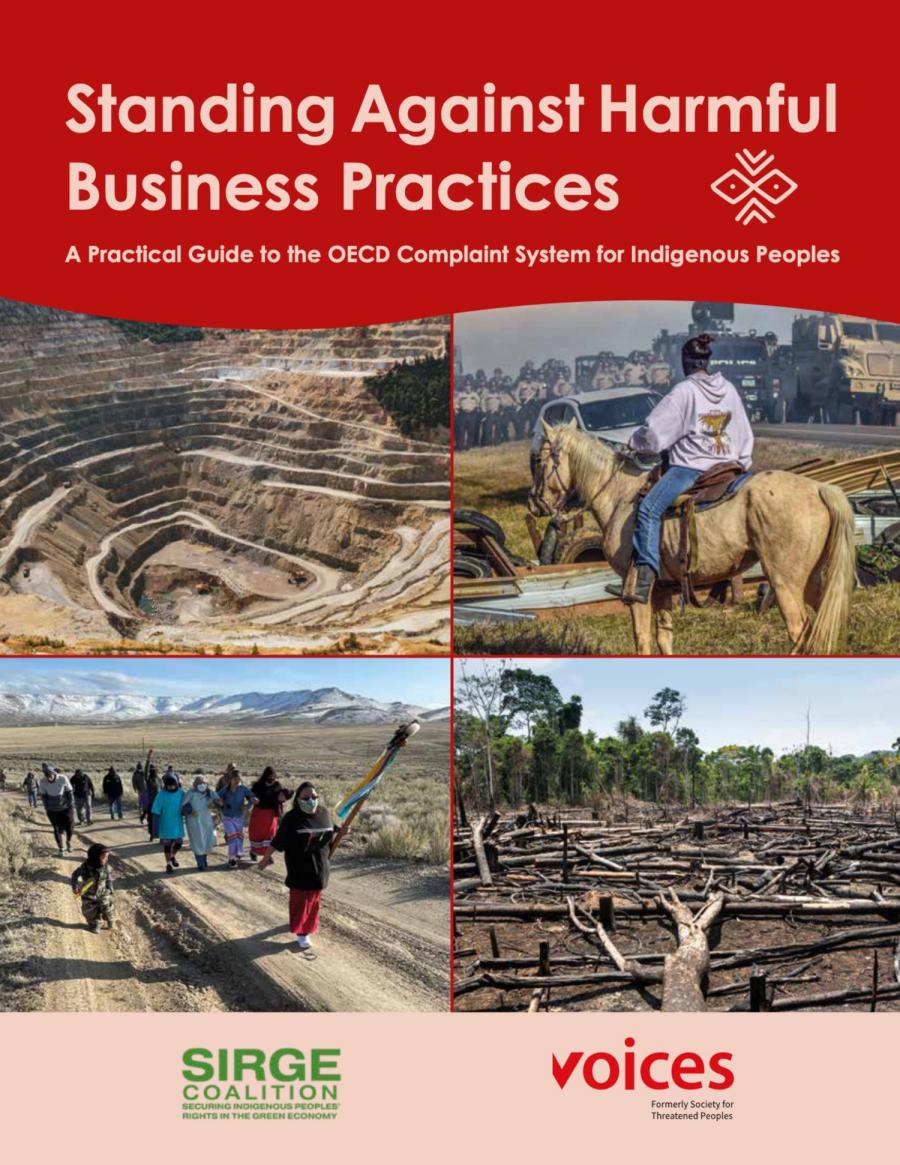In 1992, the first Resource Information Management training program was presented by Westcoast Forestry Training Centre, a trade school offering silviculture compute training in remote communities.
The programs assist First Nations communities a research and create maps of their traditional territories showing the different natural renewable and non-renewable resources. Some maps illustrate the extent of resources extracted by logging or mining over the decades, while others show recorded archaeological sites and traditional land use. The communities have used them for education, land management and treaty negotiations.
After the program, students return to their Bands and teach others. An ongoing support system provided by the program uses a combination of sending out trainers into the field, telephone and telefax communications, and is looking toward the potential of Internet hookups.
The program began by using manual drafting, due to the prohibitive cost of Geographic Information Systems (GIS) software and hardware, but now the map work is done almost entirely with the PAMAP GIS software. Funding comes from federal government dollars set aside for native training initiatives. The federal government's Aboriginal Training Unit have been helpful in working to access funds for wage subsidies and to provide training dollars for the students once they return home to begin their mapping projects. Those who complete the program may go on to be technicians, negotiators, educators or researchers. They are also qualified for "Native liaison" positions in the different ministries in the provincial government.
The reasons the course has been successful is because people are learning work that is relevant to their lives. Often people who have been denied access to formal training are the most successful students because they are committed to helping make changes for their people. They see how being able to access and understand information can lead to being part of the decision making process.
Research and maps on resources can be understood by more than just the professionals who create them. Codes can be denystified, legends translated and maps interpreted. The trainees gain a great sense of empowerment from being able to understand what has happened or may happen to a piece of land, and being able to speak the language of those who are the decision-makers.
Article copyright Cultural Survival, Inc.



